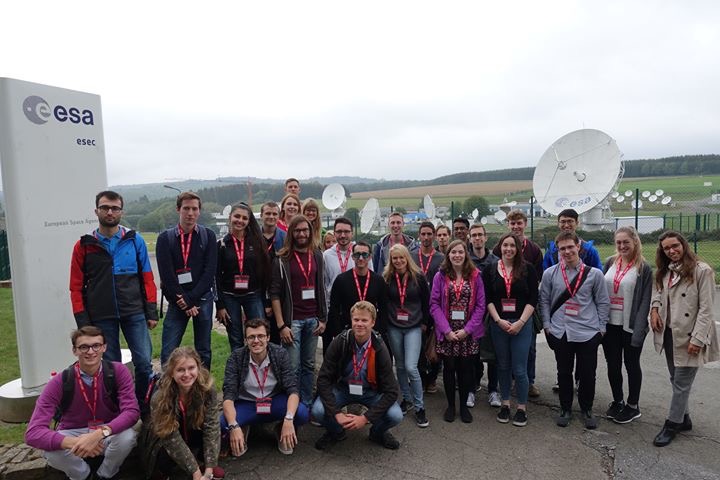
In 2018, I was accepted onto the ESA Academy Ladybird Guide to Spacecraft Operations Course. This was my first space related course and the first direct step I took in the pursuit of a career in the Space industry.
This course took place over 4 days in September 2018 at the ESA Academy’s Training and Learning Facility in ESEC-Galaxia, Transinne, Belgium. ESA’s description of the course is as follows below;
“The course will show students how ‘driving’ a spacecraft is different from designing it. When it comes to spacecraft, it is the launch itself that grabs all the headlines. Once in orbit, we only tend to hear about the satellite again when it returns a great result or a spectacular image. But spacecraft do not take care of themselves on their own.
The unsung heroes of any space mission are the people working in operations. They are the ones who work 24/7 to ensure that the spacecraft is healthy, returning the most data, and functioning at peak efficiency. In addition, these are the operators who diagnose problems with satellites and work out how to make them function properly again.”
European Space Agency, 2018
The course was taught by an ESA expert from the Advances Operations Concepts Office of ESA’s European Space Operations Centre (ESOC) in Darmstadt, Germany. The course was delivered through formal lectures but there was also a lot of emphasis on interaction between the participants. We covered a variety of topics such as those listed below.
- Attitude, Determination and Control Subsystem (ADCS)
- Orbit Control System (OCS)
- Power, On Board Data Handling (OBDH)
- Telemetry, Telecommunication & Control (TT&C)
- Thermal and On Board Software (OBS)

A team challenge was also completed during the week which involved using the knowledge gained form the lectures to develop a basic operations design for a mission to Ceres and Pluto. Throughout the week, real stories of various scenarios that operational staff have had to deal with over the years were presented and discussed. These real life examples were very beneficial when it came to the team challenge.
As part of the challenge the spacecraft was then subjected to a real life operational scenario with operational information received from the satellite at the time of a problem occurring. As a team, we had to attempt to work out what went wrong, and determine what should be done to correct the issue under a time constraint.
During our time in Belgium, we were also very fortunate to visit the ESA’s European space Security and Education Centre (ESEC) ground station in Redu. Here we got the chance to visit the PROBA spacecraft’s operations room and will meet ESA’s operations engineers.





More information on this course can be found here.


